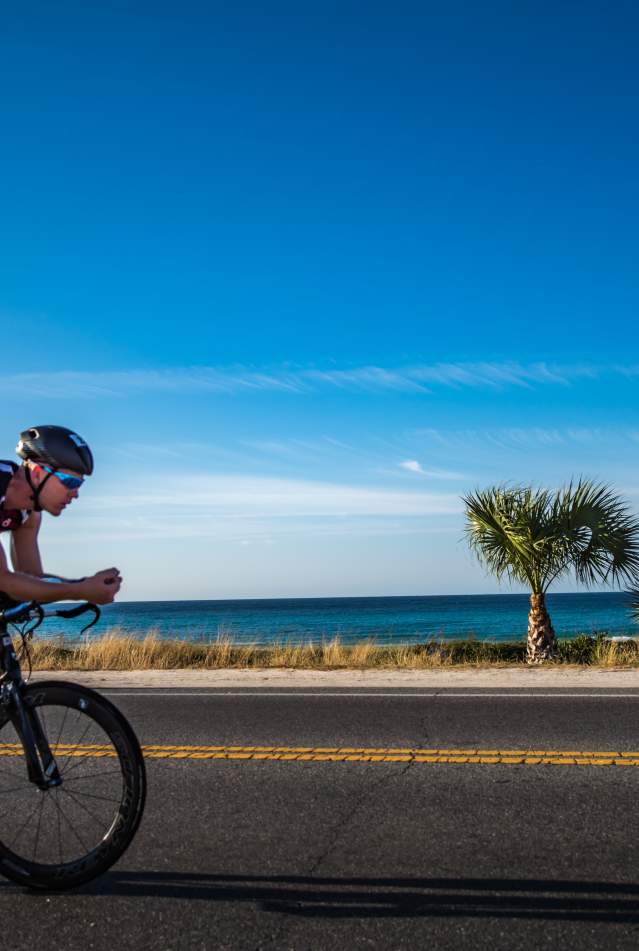Spring has sprung and it’s an exciting time of the year to be out on the water fishing!
The bays and nearshore coastal waters of the Gulf of Mexico come alive in the spring, as hordes of migratory fish species such as Spanish mackerel, bluefish and jacks take up residence in our area. One thing all these fish have in common is that they are hungry when they get here and waste little time doing anything other than feeding. These fish make great targets for novice and young anglers who often lack the required patience for the more technical aspects of inshore fishing. It generally takes little more than a spoon or some other brightly colored or shiny lure to get them hooked up.
Also making their way to the Panama City Beach area are king mackerel, which are often found near the surface around bait balls, natural and artificial reefs and buoys. They require slightly larger gear and a small piece of light wire leader but a heavy inshore setup is usually adequate to get them to the boat.
Inside the pass, there is a wide variety of fish that can be caught around the jetties. On just about any day of the week, it’s common to catch mangrove snapper, redfish, sheepshead, black drum, pompano, black sea bass or flounder. Live shrimp is the best bait to ensure a good variety of catches but live baitfish and artificial lures also work well for several of the species found there. You can either anchor upcurrent of the rocks (just out of the way of boat traffic) or drift down the rocks. There are pros and cons to both methods but either is fairly effective.
Out on the flats, the speckled trout and redfish are getting far more aggressive and chasing lures a long distance to eat. Topwater baits have been effective early in the morning but a switch to suspending plugs in the afternoon has yielded some really good fish. Most of the fish have been coming out of grassy areas peppered with potholes. The bigger fish seem to be running in shallow water – less than one or two feet deep – and commonly laid up or cruising right along the shoreline, shallow shoals or sandbars. I have also been finding large trout hanging around schools of medium-sized redfish and big, mature mullet. The redfish and mullet spend a fair amount of their days stirring up the bottom and making easy meals for the big trout.
As always, if you have questions about what’s biting, how to catch them or want to book a trip, give me a call or shoot me an email.
Good luck!

